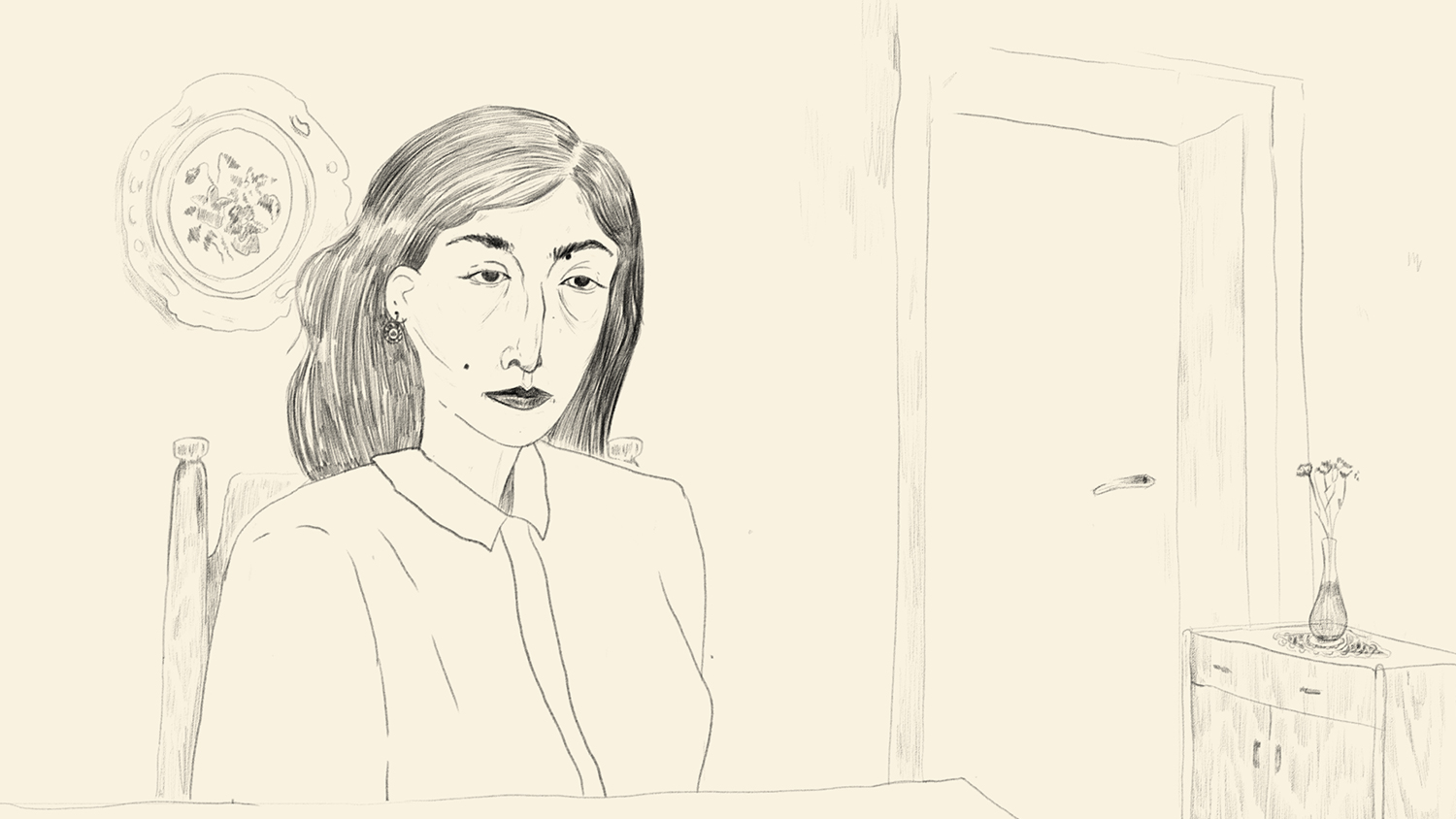
Urtina Hoxha
The University of Pristina graduate who chose to turn memories of a disturbing war into an emotive animated film
When Urtina Hoxha was growing up in Pristina in the early 2000s, the memory of the Kosovo War was still fresh in everyone’s minds. Conversations about the war were everywhere: on newspaper headlines and flashing across television screens. In 2017, when Urtina graduated from the University of Pristina with a degree in graphic design, she was still discovering new narratives about the war as she combed through the archives at Oral History Kosovo, with its many recorded interviews of citizens who had lived through the horrors of the war.
“In the early 2000s, the war was all you could hear about; it was seen on the television, through movies and documentaries that were made at that time,” Urtina remembers. “The stories I heard were not censored or children-friendly, and it became a rather normal part of our reality”.
The idea of making an animated short film about the Kosovo war struck in March 2019, which marked the 20th anniversary of NATO bombings of Yugoslavia, which forced the former Serbian president Slobodan Milosevic to end his military campaign in Kosovo. Instead of focusing on the unrest, Urtina decided to make the stories of women – and their unnoticed contributions during the difficult years – the crux of her debut film, ‘Those Who Drown Cling to Foam’.
The four-minute short opens in Pristina in 1999, in the midst of the 78-day NATO bombings, and traces the daily rituals of Ola Syla, a women’s rights activist who lived in the city. “During the war, most families had to leave Kosovo and their houses, but Ola remained in Prishtina during the bombings, and in my opinion, she is a very good representation of Kosovo women of that time”, says Urtina.
In a monochromatic, heavily-shaded illustrative style, Urtina imagines Ola’s daily rituals in the film. In the thick of the bombings, it was safer for women to venture out of their apartments, and Ola would often find herself at the end of snaking queues at stores to buy bread and groceries; somedays, she would return empty-handed. The film follows Ola’s family from the fourth day of the bombings – as she celebrates Eid with her husband and two sons, with a homemade lunch and a bottle of wine – to the day they decide to flee the war and leave for Macedonia.
The research for the film had Urtina digging deep into archival imagery of Pristina before the war. “Some of the buildings and statues that existed in 1999 were destroyed during or after the war, so I had to find pictures and recreate them”, she says. The clothes were inspired by images from other protests at the time, while the interiors of Ola Syla’s home drew inspiration from local houses and Yugoslavian blogs on Instagram. The black-and-white palette too was a considered decision. “Colours are beautiful, war is not”, says Urtina.
The name of the short is a nod to the last few minutes of the film, when Ola’s sister-in-law – who had already fled to Macedonia – tells Ola to wear her best clothes for the journey, as well-dressed women were less likely to be stopped and interrogated by Serbian police. “This situation was reminiscent of a saying old women often say, ‘Those who drown cling to foam”, Urtina tells.
With a debut animated short under her belt, Urtina has already begun working on a series of personal projects. Her nuanced and sensitive approach to complex emotions and difficult memories lends a light-handed maturity to her works, which only promises to grow with time. We are excited to see what comes next from Urtina, and the new stories she decides to tell.


















